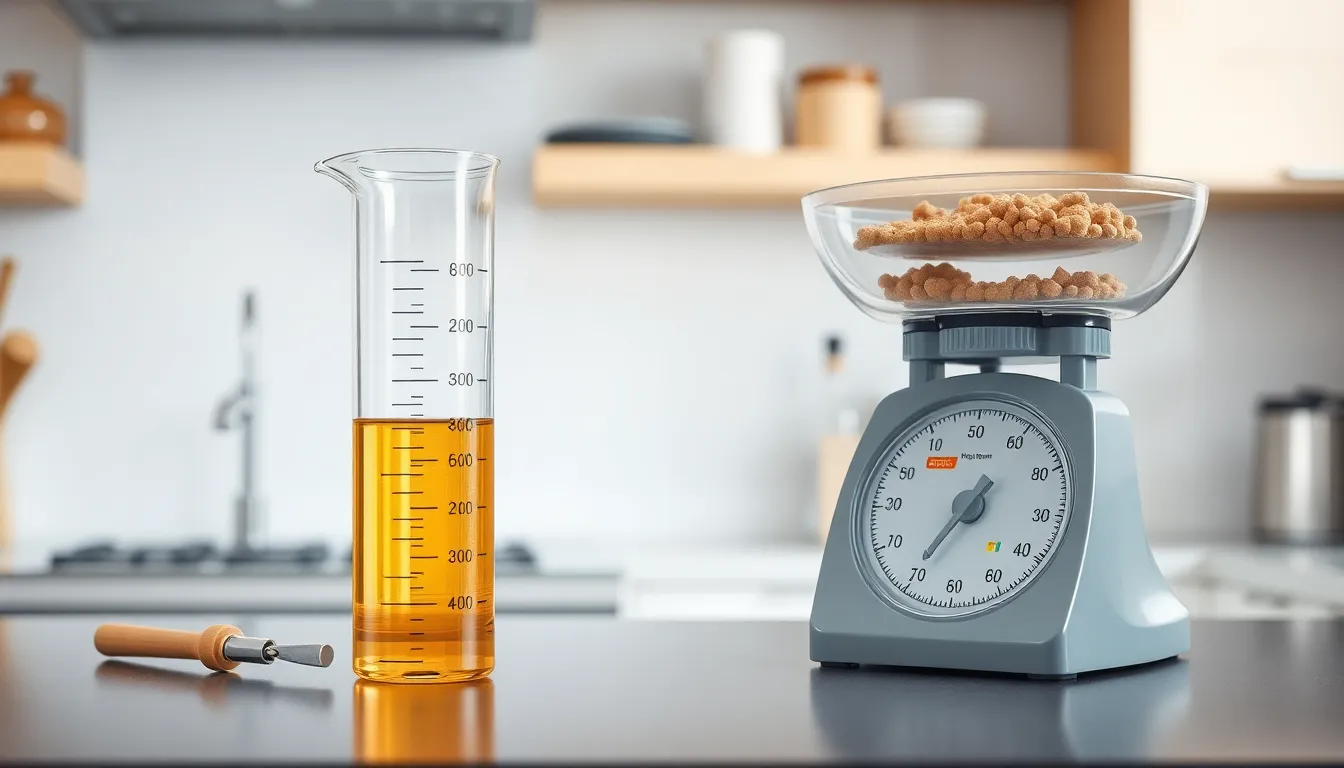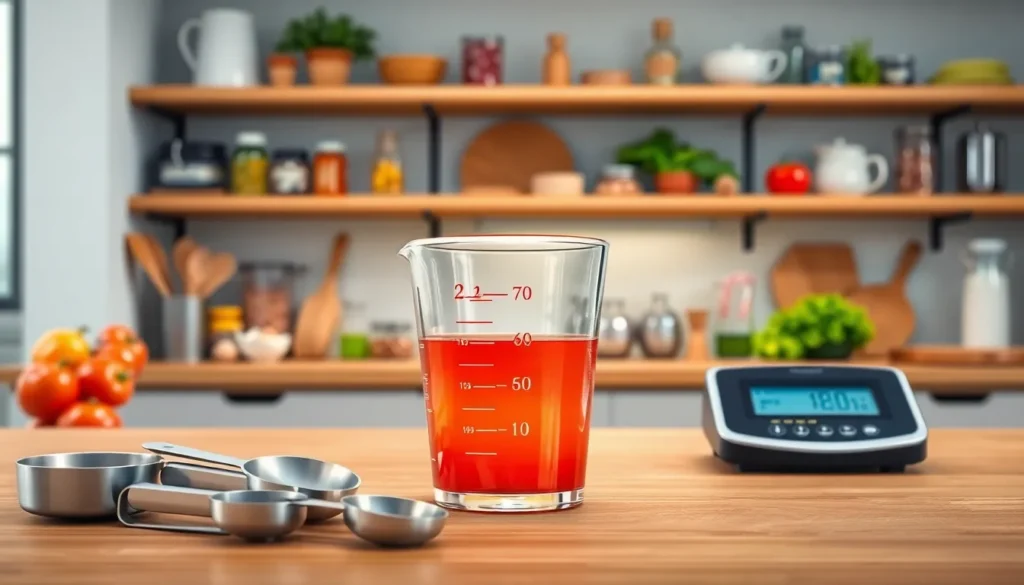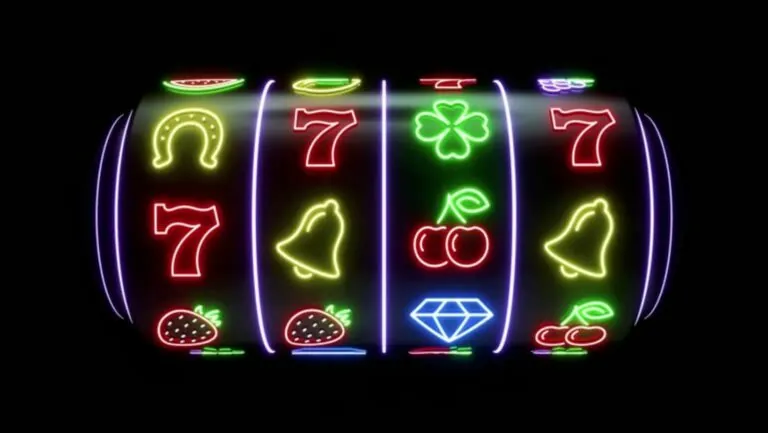Table of Contents
ToggleWhen it comes to measuring ingredients or liquids, 2 ounces can feel like a mystery wrapped in a riddle. Is it a splash? A gulp? Or perhaps just enough to fill that tiny shot glass hiding in the back of your kitchen cabinet? Understanding how much 2 ounces really is can save anyone from culinary disasters or awkward moments at the bar.
Understanding Ounces
Ounces serve as a common unit of measure in both cooking and beverage preparation. Conversion knowledge plays a vital role in achieving precise results. For example, 2 ounces equals approximately 59.15 milliliters. Many recipes require exact measurements to ensure taste and texture.
When considering liquid measurements, one often encounters fluid ounces. Fluid ounces differ slightly from ounces used for weight. Understanding this distinction prevents mixing measurements that could lead to recipe failure.
In cooking, 2 ounces typically represents one-quarter cup, making it easier to visualize. Bartenders often use this measurement for ingredients like spirits. A standard shot glass usually contains 1.5 ounces, meaning 2 ounces equals about one and one-third shots.
Context matters greatly when dealing with ounces. For instance, measuring dry ingredients can result in a different weight than liquids. A food scale can provide more accurate results for weight-based measurements.
Many kitchen tools, including measuring cups and spoons, simplify the process. Most standard measuring cups display both cups and ounces. Clear markings enhance accuracy, allowing for confident cooking and mixing.
Understanding ounces helps prevent errors and improves confidence in the kitchen or bar. This knowledge results not only in better meal preparation but also fosters a more pleasant social environment. Mastering this measurement enhances culinary skills and creates enjoyable experiences.
Converting Ounces to Other Measurements

Understanding the conversion from ounces to other measurements enhances precision in cooking and bartending. Accurate conversions reduce the risk of mistakes.
Fluid Ounces vs. Ounces
Fluid ounces measure volume while ounces typically measure weight. A fluid ounce quantifies liquids like water or oil, whereas an ounce represents solid ingredients like flour or sugar. The context determines which measurement applies. For example, a recipe that calls for 2 fluid ounces refers to liquid ingredients, whereas an ounce in a baking recipe applies to weight. Using appropriate measuring tools, such as graduated cylinders for liquids and kitchen scales for solids, ensures users obtain correct amounts.
Ounces to Milliliters
Two ounces converts to approximately 59.15 milliliters. This precise conversion facilitates recipe adaptation in international cooking. For those who frequently encounter recipes using milliliters, understanding this equivalence simplifies ingredient measurement. Converting ounces to milliliters also assists bartenders. They often use metric measurements in drink recipes, making conversions crucial for maintaining consistency in cocktails. Thus, knowing this relationship enables more accurate drink crafting and culinary preparation.
Practical Applications of 2 Ounces
Understanding 2 ounces in practical applications enhances culinary success and social experiences. This measurement plays a critical role in cooking and beverage preparation.
Cooking and Baking Measurements
Chefs and bakers often encounter 2 ounces while measuring ingredients. It equates to one-quarter cup, making it essential for recipes that require precise liquid or dry measures. For example, using 2 ounces of olive oil in a salad dressing balances flavors expertly. Measuring tools like measuring cups and spoons ensure accuracy and reduce the risk of recipe failures. Dry ingredients often vary in weight; thus, using 2 ounces of flour differs from 2 ounces of water. Being aware of these nuances improves overall cooking confidence and results.
Serving Sizes in Beverages
Bartenders frequently measure 2 ounces for cocktails and mixed drinks. This quantity amounts to about one and one-third standard shots, suitable for a balanced drink. For instance, a classic cocktail recipe may call for 2 ounces of vodka, ensuring consistency across servings. Many recipes depend on precise measurements; 2 ounces provides a standard baseline for preparation. Knowing this helps in crafting enjoyable beverages while entertaining guests. Using jiggers or measuring glasses enhances accuracy and keeps cocktails as intended.
Common Misconceptions About Ounces
Confusion often arises between fluid ounces and dry ounces. Fluid ounces measure volume, primarily for liquids, while ounces measure weight for solids. This distinction’s critical, especially in cooking and bartending. Misunderstanding these types can lead to disastrous recipe outcomes.
Measuring tools vary as well. Most people use measuring cups for liquids and kitchen scales for solid ingredients. Accurate tools ensure precise measurements, reducing the likelihood of errors. Without them, one might inadvertently use the wrong quantity, affecting the final dish or drink.
Individuals sometimes assume that 2 ounces means the same in all contexts. In reality, 2 ounces of water weighs 2 ounces, but 2 ounces of flour weighs significantly less. Different ingredients have unique densities, impacting how much fits into a given volume.
Bartenders frequently face misconceptions, too. Many may think a shot glass always holds the same amount. However, not all shot glasses are identical; some hold 1.5 ounces while others might hold 2 ounces or more.
Consistency plays a key role in executing drink recipes. When bartenders measure 2 ounces, they achieve a specific flavor balance. Too much or too little can destabilize the overall taste of cocktails.
Lastly, culinary success hinges on understanding measurements. Recipes often specify ingredients in ounces, emphasizing their importance. Thoroughness in measurement ensures enjoyable results, making a positive cooking experience.
Understanding the nuances of 2 ounces is essential for anyone involved in cooking or bartending. Accurate measurements can make the difference between a delicious dish and a culinary disaster. By distinguishing between fluid ounces and weight ounces and using the right measuring tools, individuals can enhance their cooking and cocktail-making skills.
Awareness of ingredient density and the variations in measuring tools further ensures precision. With this knowledge, cooks and bartenders can confidently navigate recipes and drink preparations. Mastering these concepts leads to better outcomes and a more enjoyable experience in the kitchen or behind the bar.







